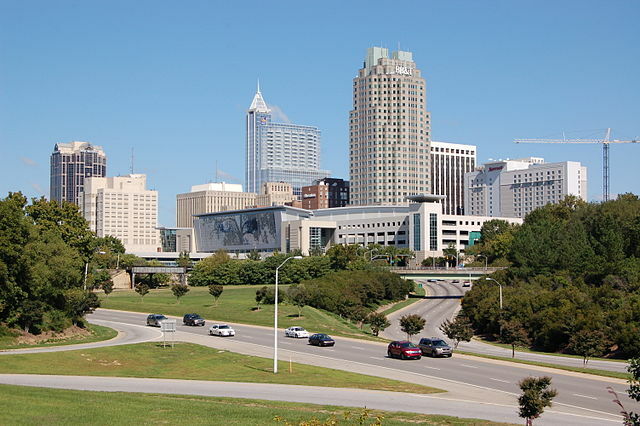Dominic Pino of National Review Online explores popular misconceptions about American manufacturing.
“The world is in the grip of a manufacturing delusion,” says the Economist. If you’ve ever listened to an American politician talk about the economy for longer than 30 seconds, you’re likely to hear romantic talk of “good-paying manufacturing jobs” or “reshoring manufacturing.” The Biden administration has made it a priority of its economic agenda, and red states have gotten in on the action as well. For Capital Matters today, John Mozena wrote about Ohio’s failed efforts from Republicans and Democrats to support manufacturing in Lordstown.
The idea that manufacturing is in need of special attention from the government is mostly based on assumptions that are not true.
For example, it is well known that manufacturing has been declining as a share of the U.S. economy for decades. It is less well known that that has been happening around the world. “As a share of global economic output, manufacturing has dropped from 19% in 1997 to 16% today,” the Economist says. As a share of China’s economic output, manufacturing has been declining consistently since about 2010. That decline is coincident with the government’s “Made in China” strategy that is supposed to boost manufacturing. Since 2010 in the U.S., by contrast, manufacturing’s share of GDP is basically flat, and the number of jobs has been gradually increasing.
The gradual increase in U.S. manufacturing jobs largely mirrors the economy’s gradual overall recovery from the Great Recession. Manufacturing employment was hit hard in 2008–2009. It was hit hard again by the brief pandemic recession. Like the Biden administration’s other fanciful “job creation” claims, its bragging about manufacturing’s rebound is more a return to trend after the pandemic than it is anything new or exceptional.
For overall economic performance, there is little apparent reason to prefer manufacturing to other sectors.


